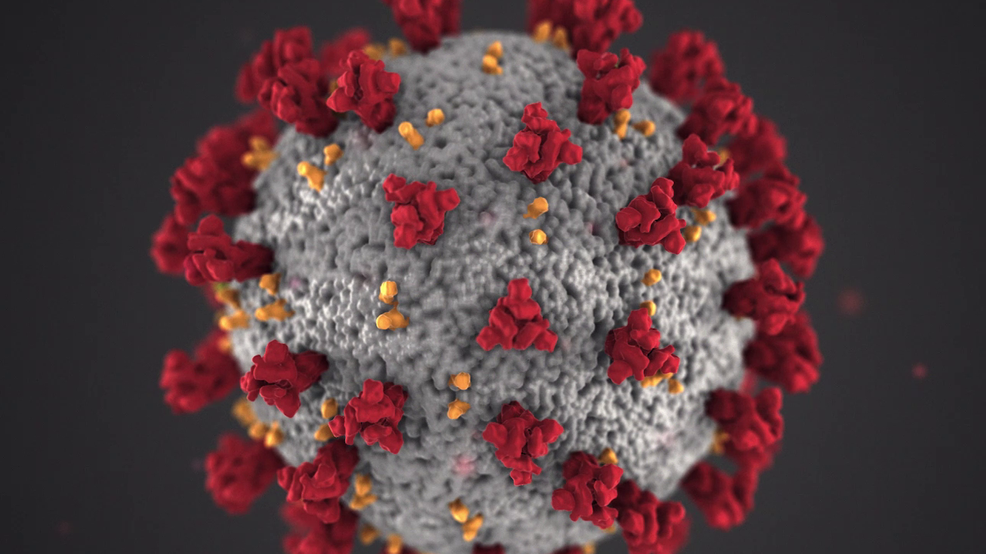
Article
Chronic bilateral dacryoadenitis related to COVID-19
Author(s):
A pair of Japanese ophthalmologists have concluded that SARS-CoV-2 may target lacrimal gland tissue and manifest as chronic inflammation.

A pair of Japanese ophthalmologists have found that SARS-CoV-2 may target lacrimal gland tissue and manifest as chronic inflammation.
Satoru Kase, MD, and Susumu Ishida, MD, PhD, from the Department of Ophthalmology, Faculty of Medicine and Graduate School of Medicine at Hokkaido University, Sapporo, Japan, suggest that the pathological ocular aftereffects of COVID-19 provide new insight for treating patients.
The team conducted a retrospective study1 of a 2 Japanese patients: A 35-year-old woman who tested positive for SARS-CoV-2 and had a 6-month history of lacrimal gland enlargement and a 43-year-old woman who had not had COVID-19 but had idiopathic chronic bilateral dacryoadenitis. The latter was the negative control.
Kase and Ishida both wanted to determine the expression of SARS-CoV-2 nucleocapsid protein and angiotensin-converting enzyme 2 (ACE2) in the lacrimal gland tissues of the woman with COVID-19 and compare the results with the control patient. ACE2 is a critical receptor by which SARS-CoV-2 preferentially adheres to the somatic cells.
The investigators reported that histopathologic study of the COVID-19 patient showed “marked inflammatory cell infiltration, lymphoid follicles, and germinal center formation in the lacrimal gland.”
The primary components of the inflammation in the areas of atrophy were lymphocytes and plasma cells with several polymorphonuclear leukocytes. It was noteworthy, they reported, that “a number of lacrimal gland ducts markedly contained eosinophilic materials in the lumens, which indicated glandular damage. Immunoreactivity for SARS-CoV-2 nucleocapsid protein was noted in the inflammatory cells around the lacrimal gland ductal epithelia. In addition, strong ACE2 expression was noted in the lacrimal gland.”
In contrast, while the woman who did not have COVID-19 also had marked inflammation in the lacrimal gland, the difference was the absence of eosinophilic material deposits in the ductal lumens and no SARS-CoV-2 nucleocapsid protein immunoreactivity was seen, whereas ACE2 was expressed in the lacrimal glands.
The patient was treated with a systemic corticosteroid together with SARS-CoV-2 vaccination and recovered completely.
The ophthalmologists concluded that expression of ACE2 may indicate that the lacrimal gland was targeted by SARS-CoV-2 to adhere to the tissue.
“Chronic bilateral dacryoadenitis in the patient with COVID-19 showed SARS-CoV-2–positive inflammatory cells with glandular damage, which might be a COVID-19–associated ophthalmic aftereffect,” they said.
Reference
1. Kase S, Ishida S. COVID-19–related chronic bilateral dacryoadenitis. A clinicopathological study. JAMA Ophthalmol. Published online February 17, 2022. doi:10.1001/jamaophthalmol.2021.6364
Newsletter
Don’t miss out—get Ophthalmology Times updates on the latest clinical advancements and expert interviews, straight to your inbox.










2 Commerce Drive
Cranbury, NJ 08512
All rights reserved.




.png&w=3840&q=75)





